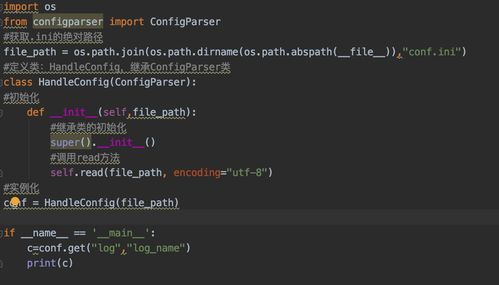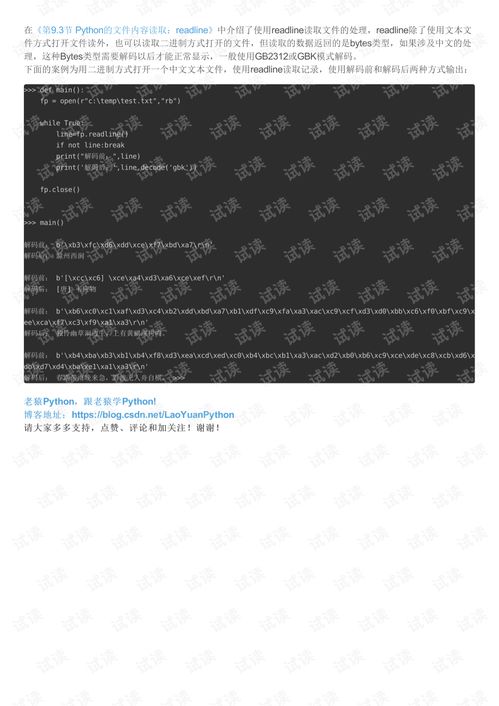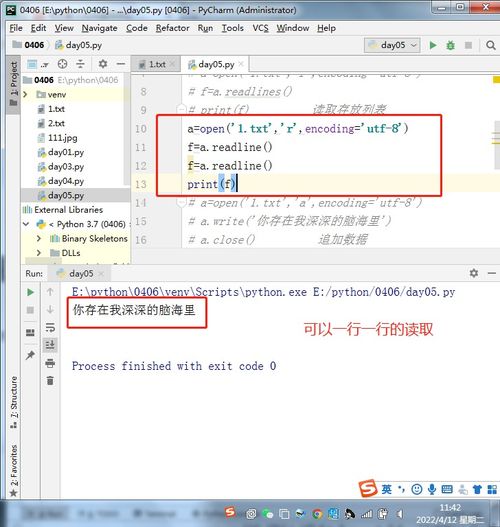
Using Python to Read Files: A Comprehensive Guide
Reading files is a fundamental skill in programming, and Python makes it incredibly easy to do. Whether you’re working with text files, CSVs, JSON, or even binary files, Python has you covered. In this article, we’ll delve into the various methods and techniques for reading files in Python, providing you with a comprehensive guide to help you navigate this essential aspect of programming.
Understanding File Formats

Before diving into the specifics of reading files in Python, it’s important to understand the different file formats you might encounter. Common file formats include plain text, CSV, JSON, XML, and binary files. Each format has its own structure and purpose, and knowing how to work with them is crucial for successful file reading.
| File Format | Description |
|---|---|
| Plain Text | Contains only plain text, with no formatting or special characters. |
| CSV | Comma-separated values, commonly used for data storage and exchange. |
| JSON | JavaScript Object Notation, a lightweight data-interchange format. |
| XML | Extensible Markup Language, used for storing and transporting data. |
| Binary | Contains data in a binary format, which is not human-readable. |
Now that we have a basic understanding of file formats, let’s explore the different methods for reading files in Python.
Reading Text Files

Reading text files in Python is straightforward. You can use the built-in `open()` function to open a file and then read its contents using the `read()`, `readline()`, or `readlines()` methods. Here’s an example of how to read a text file:
with open('example.txt', 'r') as file: content = file.read() print(content)In this example, we open the file ‘example.txt’ in read mode (‘r’). The `with` statement ensures that the file is properly closed after we’re done reading it. The `read()` method reads the entire contents of the file into the `content` variable, which we then print to the console.
Reading CSV Files

CSV files are a popular choice for storing and exchanging data. Python provides the `csv` module, which makes it easy to read and write CSV files. Here’s an example of how to read a CSV file:
import csvwith open('example.csv', 'r') as file: reader = csv.reader(file) for row in reader: print(row)In this example, we import the `csv` module and use the `open()` function to open the CSV file ‘example.csv’ in read mode. We then create a `csv.reader` object, which allows us to iterate over the rows in the file. Each row is a list of values, which we print to the console.
Reading JSON Files
JSON files are a popular format for storing and exchanging data. Python provides the `json` module, which makes it easy to read and write JSON files. Here’s an example of how to read a JSON file:
import jsonwith open('example.json', 'r') as file: data = json.load(file) print(data)In this example, we import the `json` module and use the `open()` function to open the JSON file ‘example.json’ in read mode. We then use the `json.load()` function to parse the JSON data from the file into a Python object, which we print to the console.
Reading Binary Files
Binary files contain data in a binary format, which is not human-readable. Python provides the `open()` function with a binary mode (‘rb’) to read binary files. Here’s an example of how to read a binary file:
with open('example.bin', 'rb') as file: content = file.read() print(content)In this example, we open the binary file ‘example.bin’ in read binary mode (‘






